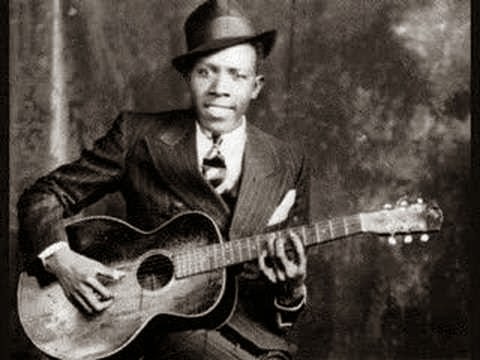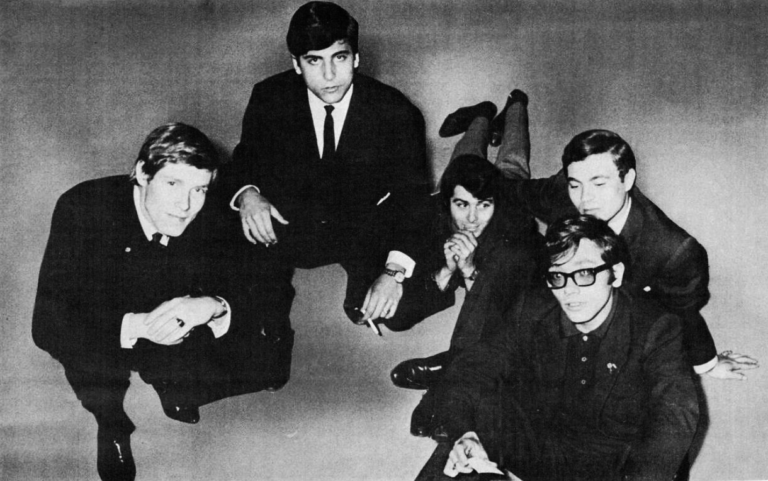BLUESMUSE31
UPDATED MARCH 4, 2023.
While many blues historians write of the 1890s as the decade blues began, in my book ‘America’s Gift’ and e-Book ‘How Blues Evolved’ (Vol 1), I put a case for the 1890s being simply the second blues watershed before the birth of modern blues. The first blues watershed, I concluded, was in America in the 1830s. This view may be contentious, as I’ve never seen it aired before, but here are my reasons:
1. The six-string Spanish guitar had been all the rage in Britain and Europe since around 1810 and a craze for playing both Spanish and English-style guitars swept into America in the 1830s. Over the nineteenth century, as you may know, the guitar would embed itself into US culture, first as an instrument of the middle classes, until finally becoming a favoured instrument of the first blues pioneers in the late 1890s. One of the reasons for this was the guitar was unencumbered with reminders of America’s minstrel years, unlike traditional black instruments like the banjo and violin.
2. Another British and European trend adopted by Americans in the 1830s was the fad for marching brass bands, which would eventually play such a major part in the development of blues and jazz. One of the earliest of all brass bands was the Coxlodge colliery band formed in 1809, in Newcastle-upon-Tyne, England. It was the recent improvement in brass instruments, which allowed musicians to march for the first time while playing tunes that brought the marching band into play.
 |
| One of 1000s of army brass bands during the U.S. Civil War. |
The new brass bands could now feature the cornet, too, which had been developed by adding piston valves to the post or coach horn in 1814. The great blues and jazz pioneers of the 1890s and early twentieth century, such as Buddy Bolden, King Oliver and Louis Armstrong, would all of course become maestros on the cornet; while the 1830s also saw the introduction of the valve trombone, another suitable marching instrument. Cities like New Orleans took to brass bands immediately and many of the southern slave plantations took great pride in having their own brass marching bands. Such music would later be incorporated into hot ragtime, which then morphed into blues and later jazz. Even so, marching band ensembles remained highly popular in the USA, alongside blues orchestras, until the end of World War One.
3. A third import into America in the 1830s was a huge surge in Protestant Christianity. Known as the Second Great Awakening (the first was in the 1730s and 40s) this religious revival was influenced by a huge surge in European immigration. Norwegian Quakers had started arriving in the United States in 1825. The mass movement of Germans to America, many of them Lutherans, began in the 1830s. High numbers of Scandinavians also migrated to the U.S. at this time, as did record numbers of British. In 1830 alone, over 15,000 people sailed to the United States from just one English port: Liverpool.
 |
| In the 1830s, open air religious meetings swept America. |
Open-air religious meetings for all races, often held amongst trees for shade from the sun, soon engulfed the United States. Lasting up to eight days, these summer camps drew thousands of worshipers from a radius of a hundred miles or more. Men sat on one side, women on the other. Hymns were sung with no accompanying instruments, as according to the rules of the Old Testament. Exalted interjections from the congregation filled the air. ‘Amen’, ‘Glory’, ‘Jesus’ or ‘Have mercy’, people cried. Many worshipers were ‘slain’ meaning they swooned or fainted with the excitement. Others in the crowd danced or shouted with joy. Some simply burst into tears.
Down south, slaves could watch these electrifying revivalist gatherings but, unlike in the north, they were not allowed to join in. Having been persuaded that converting to Christianity would be in their best interest, from virtually the moment they became the property of their first American owners, slaves became as inspired as everybody else with this new wave of Protestantism. Accordingly, slaves in the south began holding their own religious field meetings. During worship the slaves started to combine the new white hymns they had recently picked up at the huge open-air gatherings, like ‘Lord, I Believe’, with the traditional religious songs of their African and African-American ancestors. Dating as far back as the 1600s, these songs were known, in the first half of the nineteenth century, as cornfield or corn ditties. Incorporating elements of old Africa, like call and response, corn ditties predate spirituals and gospel by hundreds of years. With their field meetings being the only place African Americans in the south could congregate without white supervision, the church became increasingly important to plantation slaves.
 |
| The all-African-American Georgia Minstrels in 1885. |
Christian worship skyrocketed, leading to an explosion of choral spirituals and gospel music. With the freedom obtained at the end of the American Civil War in 1865, black religious music flourished even more, accompanied by the usual hand-claps, banjos and violins.
Spirituals and gospel music were added to many of the newly formed African-American minstrel shows, such as the Georgia Minstrels on the right. Music, especially the music that would turn into blues, was heading for its second watershed: the 1890s. But more about that later.
To read more about the blues watershed of the 1830s, and about the bigger blues watershed of the 1890s, please preview America’s Gift for free at http: //goo.gl/At5AZe
Or eBooks How Blues Evolved via the links below.
In the UK, get your FREE How Blues Evolved preview, or order, on the link below.
http://www.amazon.co.uk/s/ref=nb_sb_noss?url=search-alias%3Ddigital-text&field-keywords=how+blues+evolved+volume+one
In the USA, get your free previews, or order, on this link.








